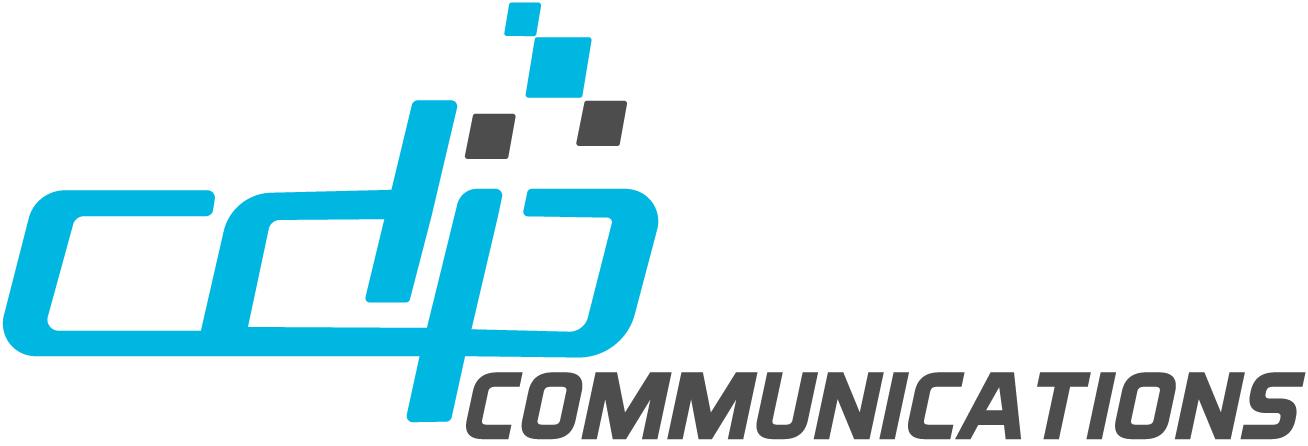Let’s take a closer look at the European accessibility laws and standards. With our virtual spaces designed to complement the physical spaces, the European Commission is pursuing the mission to foster an inclusive digital environment. This dedication has led to the EU-wide digital accessibility legislation enacted in 2016, to create a ‘Union of equality.’ The aim is clear: ensure online services and information are accessible to everyone, regardless of their abilities.
European Accessibility Act (EAA)
This act aims to improve the functioning of the internal market for accessible products and services by removing barriers created by divergent rules in Member States. EN 301 549 and the European Accessibility Act (EAA) have a complementary relationship in the context of accessibility standards and legislation within the European Union. EN 301 549 provides the technical specifications for accessibility. This can be used to demonstrate compliance with the broader legislative requirements of the EAA. The EAA, as a directive, sets the overall accessibility standards that member states must meet. In comparison, EN 301 549 provides a detailed framework for how these standards can be achieved in the context of ICT products and services.
Web Accessibility Directive (WAD): The Legislative Backbone
The ‘Web Accessibility Directive’ (WAD), or Directive (EU) 2016/2102 is central to the EU’s inclusivity efforts . It makes sure public sector websites and apps are accessible. This rule sets a clear standard: digital services must be inclusive.
European Accessibility Law: EN 301 549
To support the WAD, the harmonized technical standard called: “EN 301 549” was introduced to define a legal “presumption of conformity.” It gives a shared definition of accessibility and establishes benchmarks for compliance. This coordination guarantees that following EN 301 549 means meeting the EU’s accessibility standards.
European accessibility law EN 301 549 underscores that all Information and Communication Technology (ICT) products and services to be accessible. This also includes ICT accessibility requirements for websites, as well as mobile applications, and digital documents.
The EN 301 549 isn’t merely a list of recommendations. It codifies the binding legal requirements which mandate digital accessibility all across the European Union. The guidelines’ primary aim: To ensure that all digital content that is made available to the public is accessible to all people, including those with disabilities.
The EN 301 549 Timeline – from 2014 to Present Day
With each update of EN 301 549, the EU reinforces the directive to make ICT more and more accessible. This law covers not only web content but also downloadable documents, hardware, and software applications. This timeline represents a proactive and dynamic approach, demonstrating the EU’s ongoing commitment to inclusivity and ensuring that individuals with disabilities have equal access to digital content:
- 2014: The first edition of EN 301 549 was published, and marked a noteworthy step toward accessible ICT in the EU, in response to the European Commission Mandate 376.
- 2018: Version 2.1.2 was then published, which aligned the standard much more closely with WCAG 2.1 and addressed a broader scope of disabilities.
- 2021: The release of version 3.2.1 of EN 301 549 further supported the Web Accessibility Directive, and acknowledged the crucial role of PDF/UA for documents. It thus confirmed its role as the definitive framework for ICT accessibility within the EU.
- 2025 (anticipated): version 4.1.1. This newest iteration is anticipated to support and underpin the European Accessibility Act (Directive (EU) 2019/882).
The most current timeline and version of EN 301 549 is available through the European Telecommunications Standards Institute (ETSI). Also refer to relevant European Union regulations and directives.
PDF/UA: Universal Accessibility Standard for Documents
While EN 301 549 addresses very broad areas of ICT products and services, PDF/UA (ISO 14289) is the recognized accessibility standard for PDF documents. This standard ensures that documents are accessible to those using assistive technologies. It enables them to understand the content as clearly as someone reading it visually. PDF/UA aligns with EN 301 549 and the Web Accessibility Directive. It closes gaps in document accessibility, especially for public sector bodies. The unification seen with PDF/UA and EN 301 549, like the V3.2.1 update in 2021 and the upcoming V4.1.1 in 2025, ensures a more harmonious, inclusive and consistent digital environment for all.
Web Content Accessibility Guidelines (WCAG)
The Web Content Accessibility Guidelines (WCAG) lays the strong foundational groundwork for well-built European digital accessibility. It forms the origin of many related national regulations and laws. On the other hand, the WCAG being a World Wide Web Consortium (W3C) standard is explicitly referred to in European law, through the standard EN 301 549. For example, a company that seeks to meet the high set standards for accessibility, such as those demanded by European law, must necessarily align itself with the WCAG 2.1.
The Legal Landscape: Directives and National Laws You will find the same commitment from Europe in a large number of directives and national laws pointing to making digital services accessible to all.
A major rule that will seek to harmonize the standards of accessibility in terms of blanket coverages from products to services for the different states of members, according to The European Accessibility Act (EAA). In some cases, there are regional or national laws that have an even higher level of adherence to accessibility than the EU. For example, Germany has its BITV 2.0 (Barrierefreie-Informationstechnik-Verordnung) standard, which
The Global Influence of European Accessibility Standards
The influence of such laws is all over the borders of the EU: access and standards. Europe sets a high benchmark in the digital environment, with the impact on all other countries around the world. In this way, they not only make a social commitment to people with disabilities but also, in an open way, open new markets and new audiences for their businesses, proving that accessibility is a legal duty that they have, or represents an opportunity when taken as a strategic advantage.
The Legal Landscape: Directives and National Laws
The push for digital accessibility is strong across Europe. There are laws at both the EU level and within individual countries making sure digital services are open to everyone. The European Accessibility Act (EAA) tries to make these rules consistent across all EU countries. However, some countries, like Germany with its BITV 2.0 standard, go even further than the EU’s rules. This shows that some places are taking extra steps to ensure their digital services are really accessible to everyone.
Conclusion:
After reviewing the European accessibility laws and standards, one can see how these regulations and guidelines will influence digital inclusion. Organizations must offer equal opportunity for all to access information freely without regard for physical abilities. In the process, they not only comply with the law but embrace the values of diversity, equality, and human rights. European standards for accessibility in digital documents combine EN 301 549 and PDF/UA with compliance to WCAG. This presents a full framework towards the assurance of access to all in the digital content. This is not meant to be only a compliance framework. Instead, it is meant to be the vision for the digital space and a standard for digital inclusiveness for every individual.




